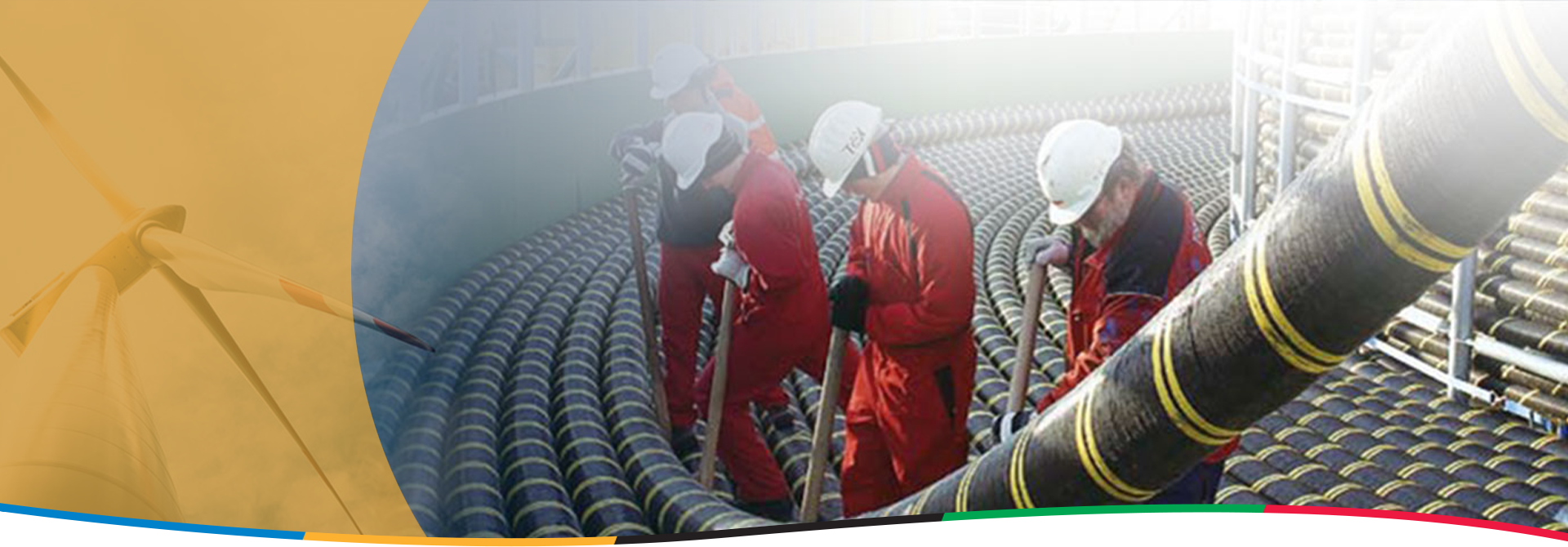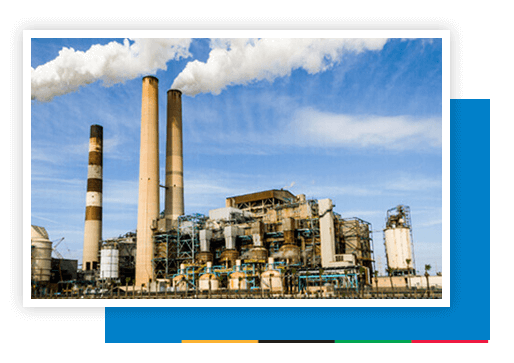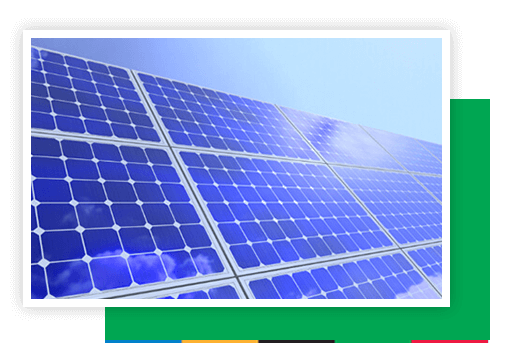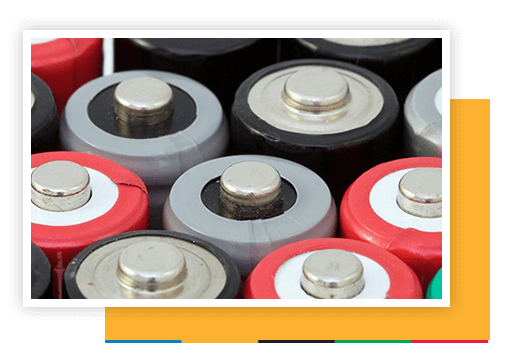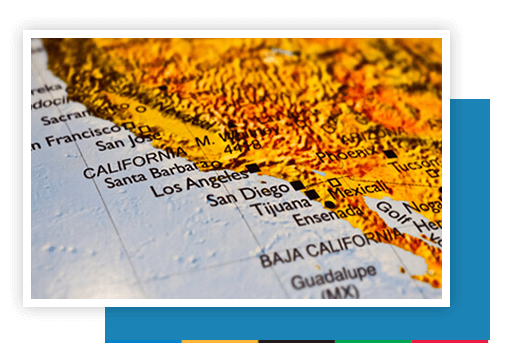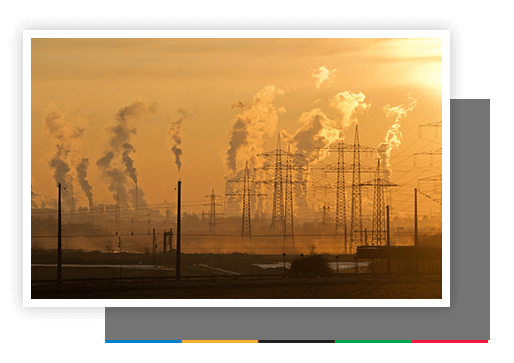Realistic Solutions
A zero-carbon future is achievable. A wide variety of renewable resources need to be built to serve the existing and growing electrical load and a new transportation load. And new, well-sited transmission is needed to deliver this power from remote parts of California and elsewhere in the west to its cities.
Fossil legacy
The power system of today was built around fossil resources. Fossil generating plants and the high-voltage transmission lines connecting them to our cities and towns are in one place. But the power resources of the future – sun, wind, geothermal, biomass and hydro – are in new, different places.
Variability
The power system of today is largely “dispatchable”, meaning that we choose when to burn fuel and make power. That makes it easier to match the production and consumption of power from moment to moment because, except at hydropower plants, power is not typically stored at scale. Renewable resources, however, are mostly variable and non-dispatchable. Renewable power is produced when the resources are available, like on windy and sunny days. Variability in renewable energy production occurs daily and seasonally, so we need creative short and long-term solutions to make sure that power continues to be available to serve our needs when the weather changes (or the sun sets) and variable renewable power plants cannot generate power.
Storage
We can store power in batteries which typically go from charged to discharged in four hours. So, batteries help bridge the daily variations of energy production and demand, but they aren’t so helpful with longer-term and seasonal fluctuations of renewable power. In addition, today’s congestion on transmission into our cities puts a limit on the new battery capacity that can be added and charged. Adding transmission makes it possible to increase the battery capacity located in cities, and new transmission helps us to get power from farther away to compensate for seasonal fluctuations in renewable energy, making our system more reliable.
Batteries typically provide four hours of backup supply and have a service life of 7-10 years. Transmission has a 50-80-year service life and delivers the important benefit of “regional diversity”.
The power of a region
Transmission is the glue that holds our sustainable future together. Transmission throughout California’s renewable resource-rich areas and throughout the western region can gather renewable power and connect it to the grid serving the western region. Think of this as our “interstate power highway.” The sheer size of the western region gives us the advantage of many large renewable resources all experiencing production peaks and troughs at different times. When all are connected over the regional grid the combined variability of the total mix is much less than the individual variability of any particular renewable power plant. That’s good for reliability and it means we can become sustainable faster and cheaper, spending less on batteries.
Environmental justice
Many Los Angeles neighborhoods have the double burden of pollution from transportation and fossil-fueled power plants. This burden often falls on the poor and people of color and it has health consequences, including increased rates of asthma, heart disease and complications with pregnancy.
New transmission brings more clean power from remote areas into the cities, providing the energy needed to electrify transportation and reducing the hours when fossil power plants are running and polluting the air. Ratepayers pay a premium to keep many of these plants running because they are considered critical for local reliability. With new transmission providing an alternate source of clean power to these communities, the oldest and most polluting fossil plants can finally be allowed to retire.
Realistic and Achievable Submarine Transmission
Building new transmission is important and we need to plan and build projects with the least environmental impact, lowest wildfire risk, and least disruption to communities. Most people don’t want to see transmission towers and lines, and clearing land for transmission rights of way has an environmental cost. There is added danger too, since transmission and distribution lines can sometimes trigger dangerous, destructive wildfires. For all these reasons new transmission lines have become almost impossible to build.
TRED’s projects work better and can be built. Using advanced HVDC (high-voltage direct current) transmission technology it is possible to efficiently transmit power over long distances underwater and underground. Our cables are buried underground and placed on the seabed out of sight. The environmental impact is small. And offshore/underground circuits give grid operators more flexibility to isolate and shut down above-ground transmission circuits at times of high wildfire risk. Using a sea-based and underground route is key to bringing clean power right into California’s cities where more power, reliability and resiliency are needed.

